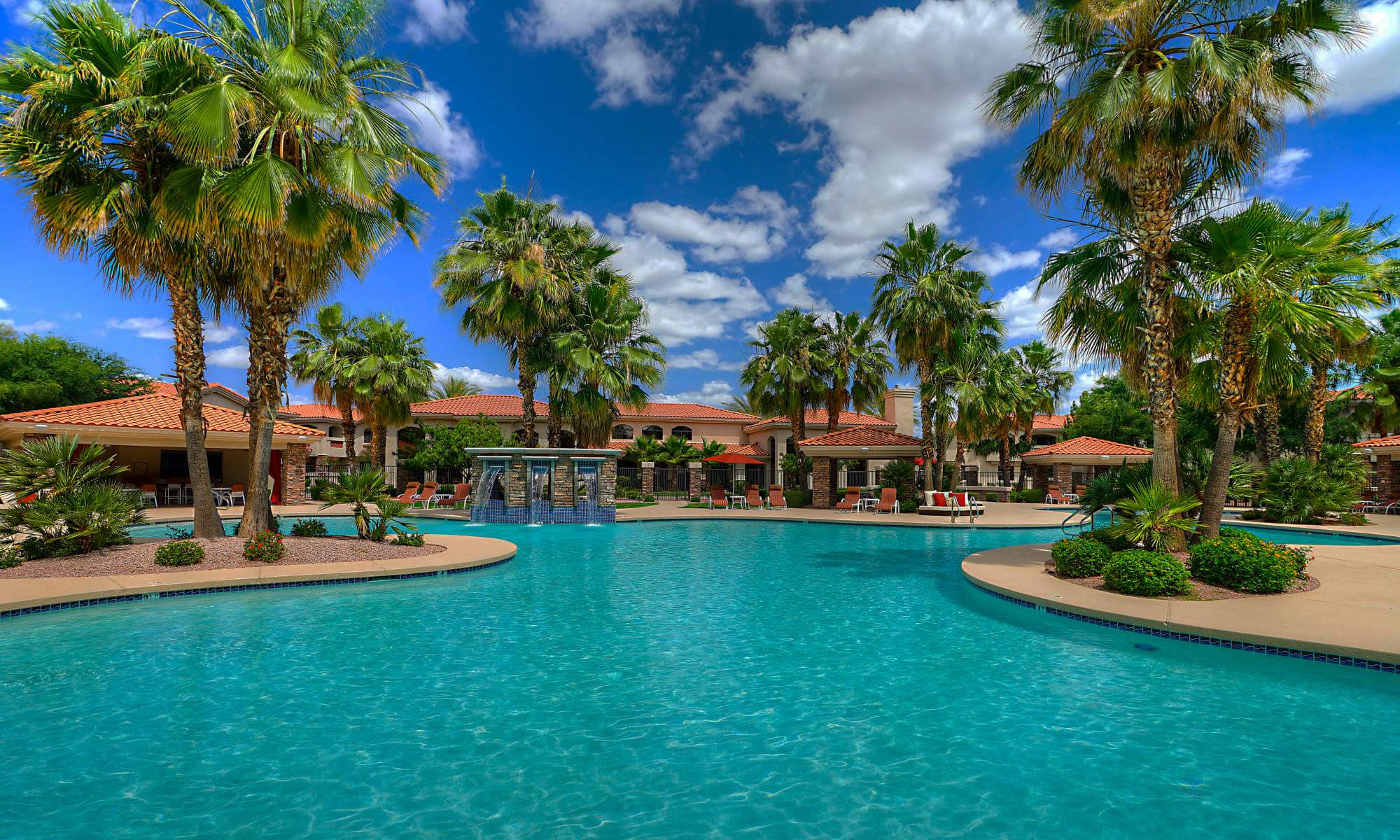



Although visitors are not allowed into the building owing to its delicate state, much can be seen from outside including details of the construction with wooden beams supporting the clay walls, and various internal features such as stairways and windows. The scale of the ruin is best appreciated from close up - it is 60 feet by 40 feet wide at the base and has caliche walls over a meter thick. The present cover replaced an earlier wooden construction in 1932. This is an impressive design, and is certainly necessary to help preserve the building but it is still rather incongruous. The 'Great House' can be seen from some distance away owing to the flatness of the terrain, and has a rather curious appearance from afar as the structure is protected from the harsh desert sun by a large metal roof supported by four great pillars, designed by architect Frederick Law Olmsted Jr. A door at the back of the visitor center leads to the Casa Grande itself, at the middle of a rectangular area that used to be a walled compound containing several other smaller buildings.Ĭasa Grande Ruins - one of the 20 least visited national monuments in the West Outside are a number of large specimens of desert plants, including the ubiquitous saguaro, and also a shady picnic area with an entertaining ground squirrel population. The monument is open from 9 am to 5 pm each day, and has a good visitor center with much information about the Hohokam people. The approach to the Casa Grande Ruins from any direction is along straight roads across dusty farmland Highway 87/287 runs past the entrance, 15 miles east of I-10.


 0 kommentar(er)
0 kommentar(er)
